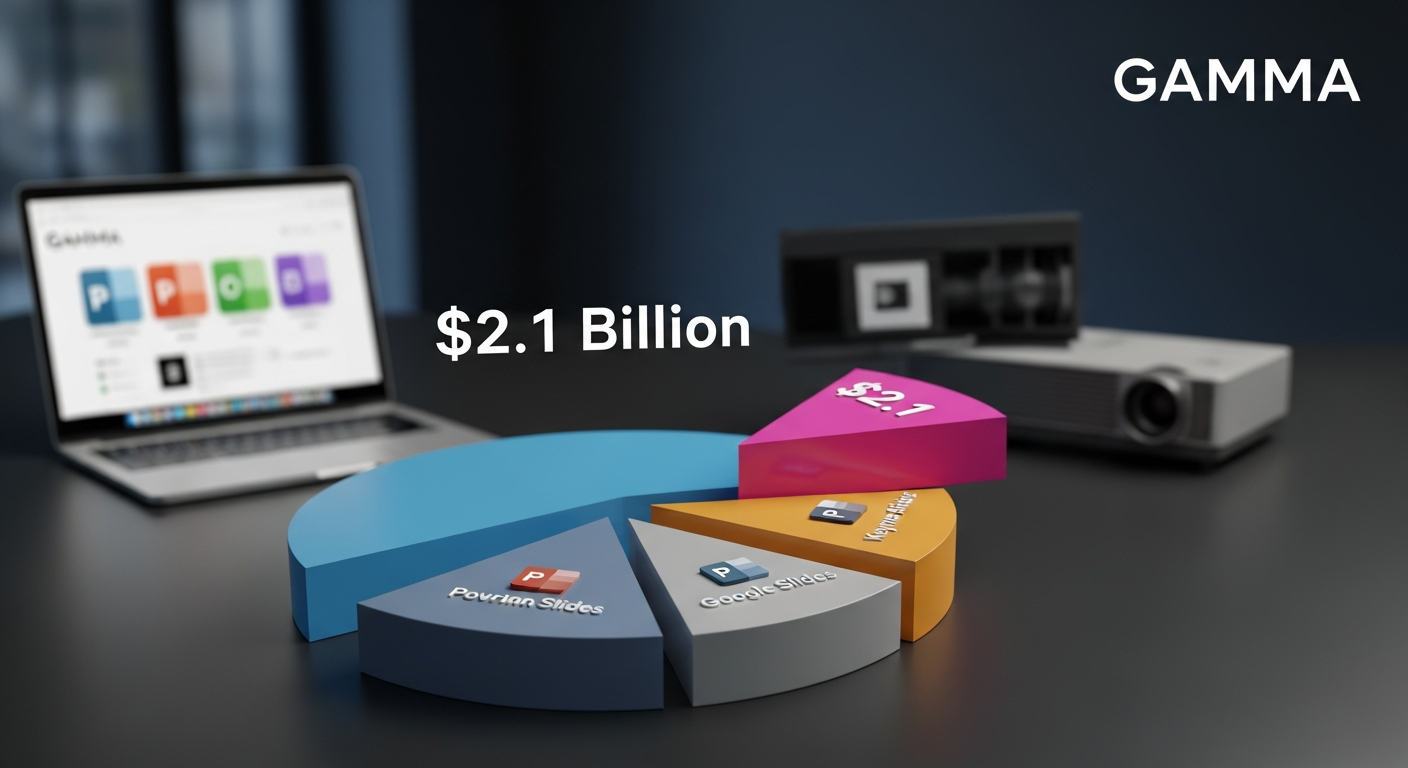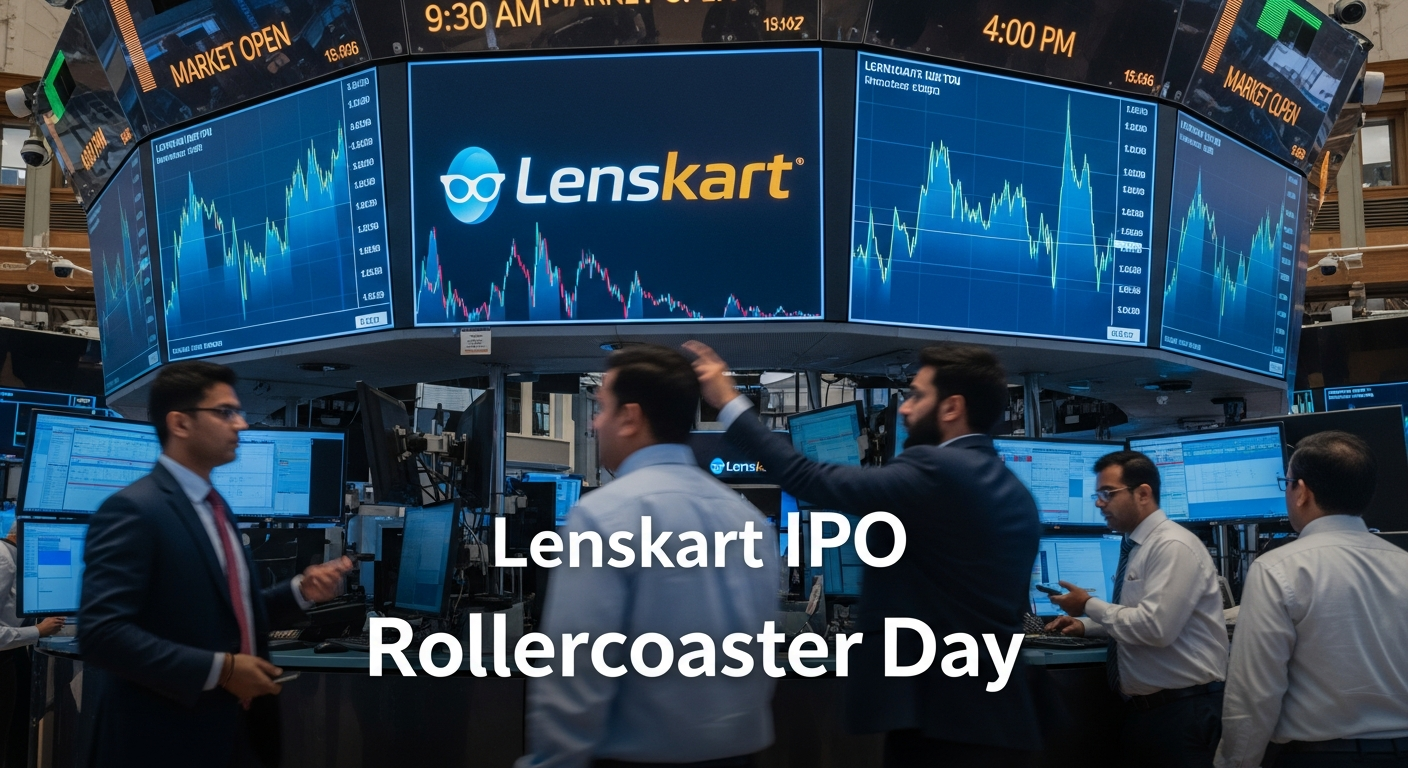So, this is interesting, isn’t it? I was just reading about Gamma, the AI presentation tool that’s kind of being touted as a PowerPoint-killer. And it turns out, they’ve just hit a $2.1 billion valuation. That’s… a lot.
Grant Lee, the co-founder and CEO, says they’ve also reached $100 million in ARR – annual recurring revenue. Which, if true, means they’re growing, and growing fast. The whole thing makes you wonder, is this the future of presentations? Is PowerPoint, this thing we’ve all grown up with, on its way out?
Gamma, from what I understand, uses AI to help you create presentations. You feed it your content, and it spits out something visually appealing. It’s designed to be quick and easy, which, let’s be honest, is what a lot of us are looking for when we’re staring down the barrel of a presentation deadline.
Notably, the technology category is seeing a lot of these kinds of startups. AI is, well, everywhere. And it makes sense that it would find its way into something like presentations. It’s a task that can be tedious, time-consuming. Anything that promises to make it easier is going to get a look.
I mean, PowerPoint has been the default for so long. It’s what we all know. But it’s also… a bit clunky, isn’t it? A bit dated. It’s easy to see how something that’s built from the ground up with AI in mind could offer a real advantage. The ease of use is a big selling point, I’d imagine.
And the numbers? $2.1 billion is serious money. It’s a sign that investors are seeing something here, that they believe in the potential of Gamma and its AI-powered approach. The $100 million ARR is another key data point. It suggests that people are actually using the product, and that they’re willing to pay for it.
This is all happening in 2025, according to the TechCrunch report. So it’s not like this is some far-off future. It’s happening now. The startup world moves fast, and it looks like Gamma is leading the charge.
I can’t help but wonder what this means for the future of work, too. Will presentations become easier, more streamlined? Will we all be using AI to create our slides in the coming years? It’s a bit of a shift, and it’s always interesting to see how technology changes the way we do things.
Anyway, it’s just a thought. For now, it seems like Gamma is making a splash. And PowerPoint? Well, we’ll see.





